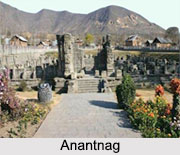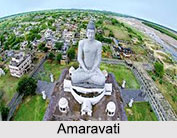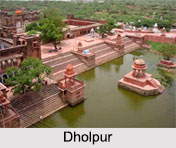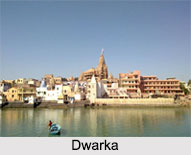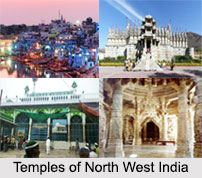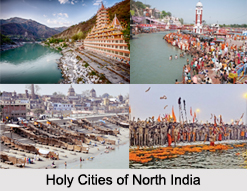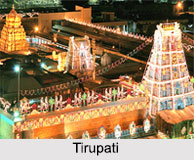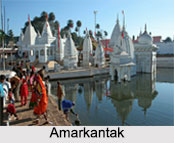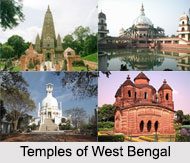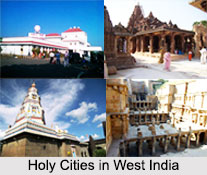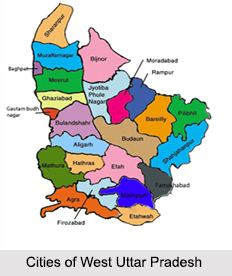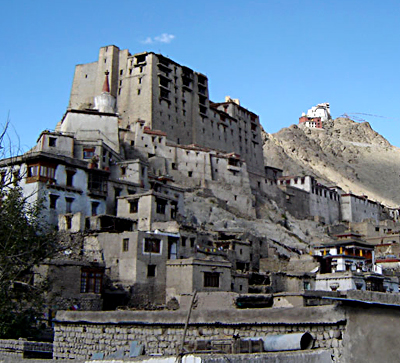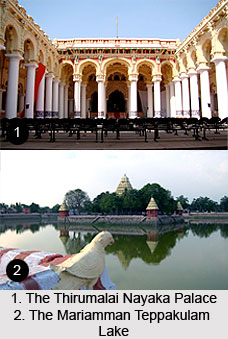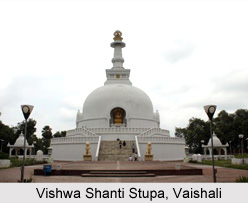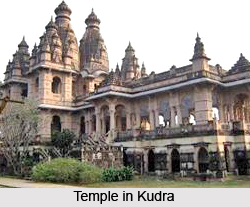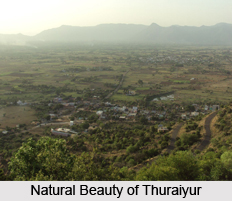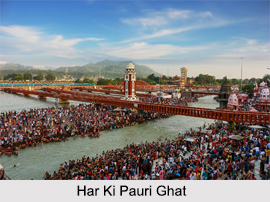Introduction
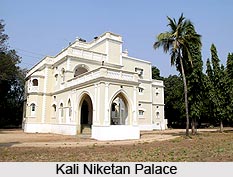 Chhota Udaipur is a city nestled in the Chhota Udaipur district in the Gujarat state of India. It is a municipality in Chhota Udaipur district. It is also the headquarters of Chhota Udaipur district. Chhota Udaipur district is a newly formed district which was carved out of the Vadodara district on January 26, 2013. The official languages of Chhota Udaipur are Gujarati and Hindi.
Chhota Udaipur is a city nestled in the Chhota Udaipur district in the Gujarat state of India. It is a municipality in Chhota Udaipur district. It is also the headquarters of Chhota Udaipur district. Chhota Udaipur district is a newly formed district which was carved out of the Vadodara district on January 26, 2013. The official languages of Chhota Udaipur are Gujarati and Hindi.
History of Chhota Udaipur
 The Princely State of Chhota Udaipur, also known as Chhota Udepur, was a 2nd class state which was under Rewa Kantha Agency. The capital of the former state was at Chhota Udaipur which was established by Rawal Udeysinhji, who was a descendant of Patai Rawal of Champaner, in the year 1743. At present, Chhota Udaipur is a municipality and a city in the district of Vadodara in Gujarat state. It is the headquartered of Chhota Udaipur taluka. After the nation achieved independence in the year 1947, the princely state of Chhota Udaipur was merged with the Dominion of India, also known as Union of India on March 10, 1948. The state covered a total area of 890 sq miles and later after the year 1943, the total area was 1,018 sq miles, after other states were attached to the region. The population of the princely state was 162,177 in the year 1941. Later after other states were included in 1943, the population was 175,412. Chhota Udaipur state was a part of the Baroda Agency and later, the Western India States Agency and Gujarat state.
The Princely State of Chhota Udaipur, also known as Chhota Udepur, was a 2nd class state which was under Rewa Kantha Agency. The capital of the former state was at Chhota Udaipur which was established by Rawal Udeysinhji, who was a descendant of Patai Rawal of Champaner, in the year 1743. At present, Chhota Udaipur is a municipality and a city in the district of Vadodara in Gujarat state. It is the headquartered of Chhota Udaipur taluka. After the nation achieved independence in the year 1947, the princely state of Chhota Udaipur was merged with the Dominion of India, also known as Union of India on March 10, 1948. The state covered a total area of 890 sq miles and later after the year 1943, the total area was 1,018 sq miles, after other states were attached to the region. The population of the princely state was 162,177 in the year 1941. Later after other states were included in 1943, the population was 175,412. Chhota Udaipur state was a part of the Baroda Agency and later, the Western India States Agency and Gujarat state.
The Princely State of Chhota Udaipur is in eastern Gujarat and includes 562 villages. The state was bordered by the region of Baria in the north, by Alirajpur in the east, by the Sankheda Mehvassi states in the south, the main district of Baroda in the southwest and the British district of Panch Mahals in the northwest. The headquarters of the Maharwal was once situated in Mohan in the erstwhile Alirajpur. The state was honoured as one of the salute state of India with a gun salute of 9 guns. Chhota Udaipur state was a 2nd class jurisdiction state with unrestricted powers in civil and criminal matters, excluding capital offenses involving the British and other foreigners. The native ruler or Indian prince had full ruling powers and took charge of the administration and governance of the princely state.
 Chhota Udaipur state was divided into 4 talukas for administrative purposes, namely Kawant, Karal, Jabugam and Chhota Udaipur. The state paid tribute to Baroda. The Maharawal or ruler of the state was an original member of the Chamber of Princes in his own right. According to the 1943 Attachment Scheme, Chhota Udaipur attached the state of Gad Boriad and its Bhayati estates, which included Khaseda, Chorawal and Bhaka.
Chhota Udaipur state was divided into 4 talukas for administrative purposes, namely Kawant, Karal, Jabugam and Chhota Udaipur. The state paid tribute to Baroda. The Maharawal or ruler of the state was an original member of the Chamber of Princes in his own right. According to the 1943 Attachment Scheme, Chhota Udaipur attached the state of Gad Boriad and its Bhayati estates, which included Khaseda, Chorawal and Bhaka.
The Khichi Chauhan Rajputs were the ruling family of the state, which was established after the fall of the Champaner fortress by Prithviraj, the eldest grandson of the last ruler, in 1484. After the decline of Mughal Empire, the clan spread their control and shifted the capital initially to Mohan, and later to Chhota Udaipur in the 18th century. The Gaekwad of Baroda also ruled over the region for a brief period and in the year 1820, the princely state received protection and guarantee from the British administration. The native ruler of the princely state held the title of Maharawal. Aishwarya Pratap sigh Chauhan was the last son of Maharaja Virendra Pratap sigh Chauhan.
After withdrawal of the British Government and Indian independence, the last ruler of the princely state of Chhota Udaipur acceded the state to the newly formed Union of India and was later merged with the state of Gujarat.
Rulers of Princely State of Chhota Udaipur
The chronology of the rulers of the princely state of Chhota Udaipur are discussed as follows-
Maharawal Arsisinhji (1762- 1771)
Maharawal Hamirsinhji II (1771- 1777)
Maharawal Bhimsinhji (1777- 1822)
Maharawal Gumansinhji (1822- 1851)
Maharawal Jitsinhji (1851- 1881)
Maharawal Motisinhji (1881- 1895)
Maharawal Fatehsinhji (1895- 1923)
Maharawal Natwarsinhji Fatehsinhji (1923- 1946)
Maharawal Virendrasinhji (1946- 1947)
Attractions of Chhota Udaipur
Chhota Udaipur is notable for a number of historical monuments. In the city of Chhota Udaipur, the Kali Niketan (Nahar Mahal) palace is a famous monument. It was built as the summer residence of the erstwhile royal family. Then tourists can visit the tribal museum which is home to a large collection of tribal artefacts. The city is also notable for the Rathwas in and around the city. The Rathwas are known for Pithora painting. These sorts of paintings are usually carried out on the walls of the village houses.
Demographics of Chhota Udaipur
According to India census of 2011, Chhota Udaipur had a population of 27,165 of which males constitute 51% and females 49%. 11% of the population was under 6 years of age. One the basis of the report of same year, the city had an average literacy rate of 69% which was higher than the national average of 59.5%; with male literacy of 76% and female literacy of 62%.
